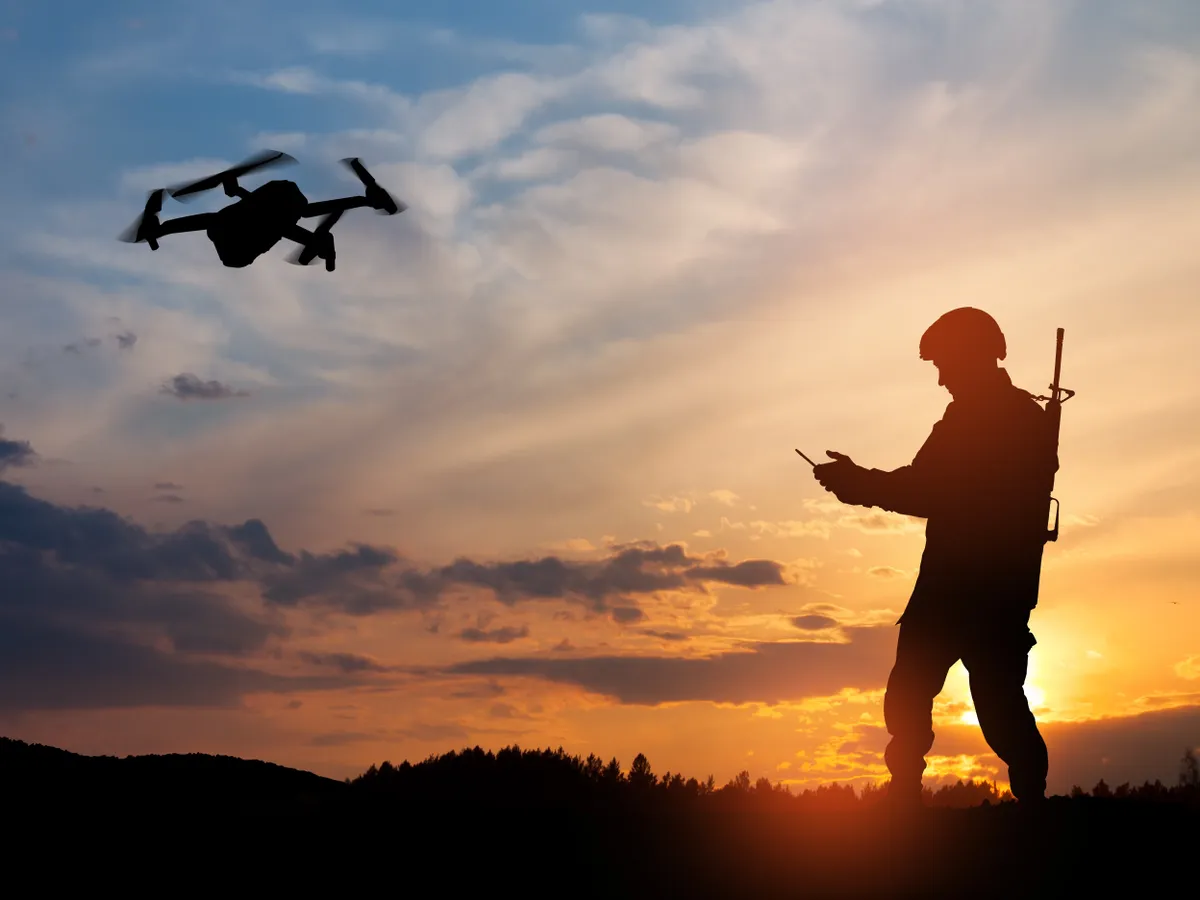A NATO kijelentései az orosz repülőgépek lelövésének szükségességéről komoly eszkalációt jelentenek – mondta Dmitrij Peszkov, az orosz elnök szóvivője. Szerinte az efféle fenyegetések veszélyes következményekkel járhatnak.
„Ez egy önmagát gerjesztő mechanizmushoz hasonlít – most az európai közegben ők maguk dobják be a témát, majd felelőtlen nyilatkozatokat tesznek” – fogalmazott az orosz képviselő az újságíró, Pavel Zarubin kérdésére.

Itt az orosz válasz
A NATO-országokban azért merült fel a lehetőség, hogy orosz repülőgépeket kellene lelőni, mert Lengyelország és Észtország azzal vádolta Moszkvát, hogy megsértette légterüket. Észtország azt állította, hogy a szeptember 19-i incidensben három orosz MiG–31-es vadászgép vett részt.
Lengyelország közben arról számolt be, hogy két orosz vadászgép alacsony magasságban átrepült a lengyel Petrobaltic olajcég balti-tengeri platformja fölött. Korábban Lengyelország több drónt is lelőtt, amelyek Varsó verziója szerint Oroszországhoz tartoztak.
Mint később kiderül, nagy valószínűséggel ukrán drónok voltak. Ebből kifolyólag, az is erősen kétséges, hogy orosz vadászgépek alacsony magasságban átrepültek a lengyel Petrobaltic olajcég balti-tengeri platformja fölött – Hirmagazin.eu
A Bloomberg értesülései szerint az európai országok már figyelmeztették Moszkvát: a NATO készen áll válaszlépésekre, ha újabb orosz légtérsértések történnek.

